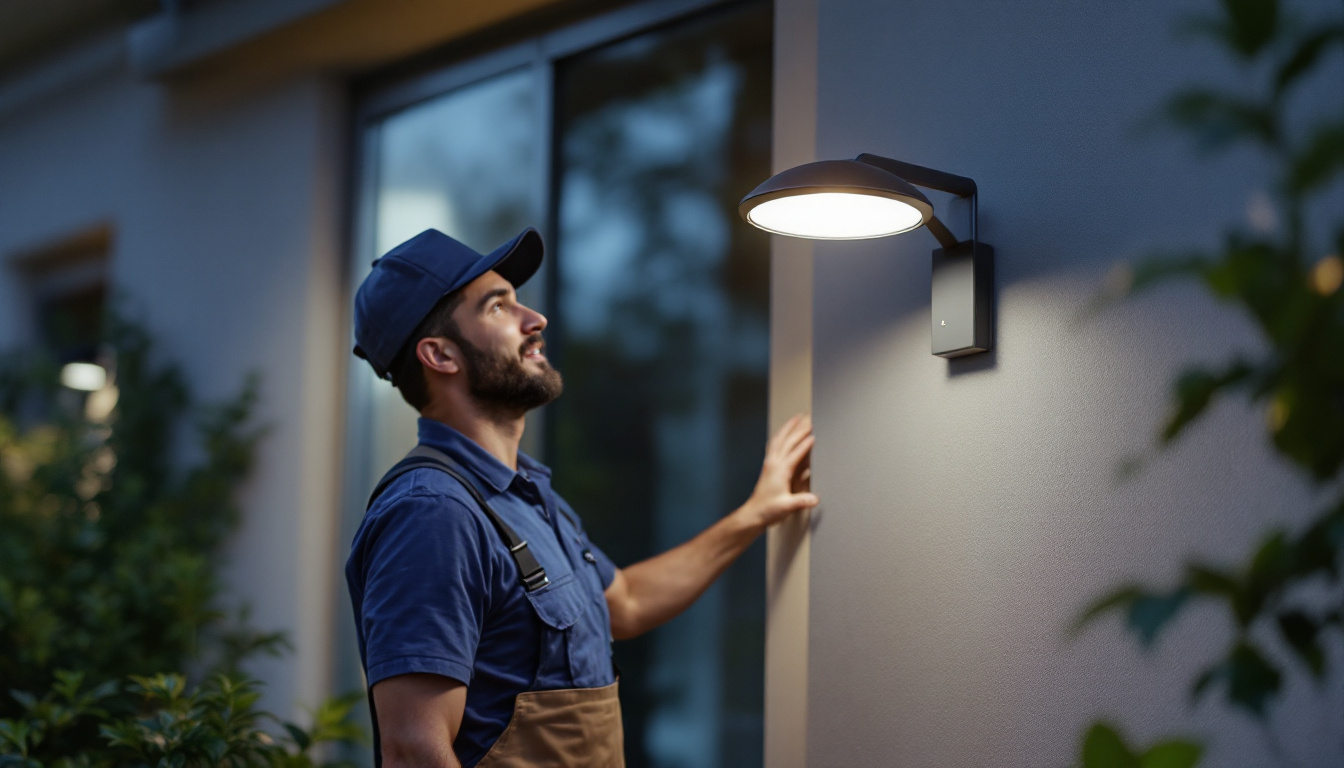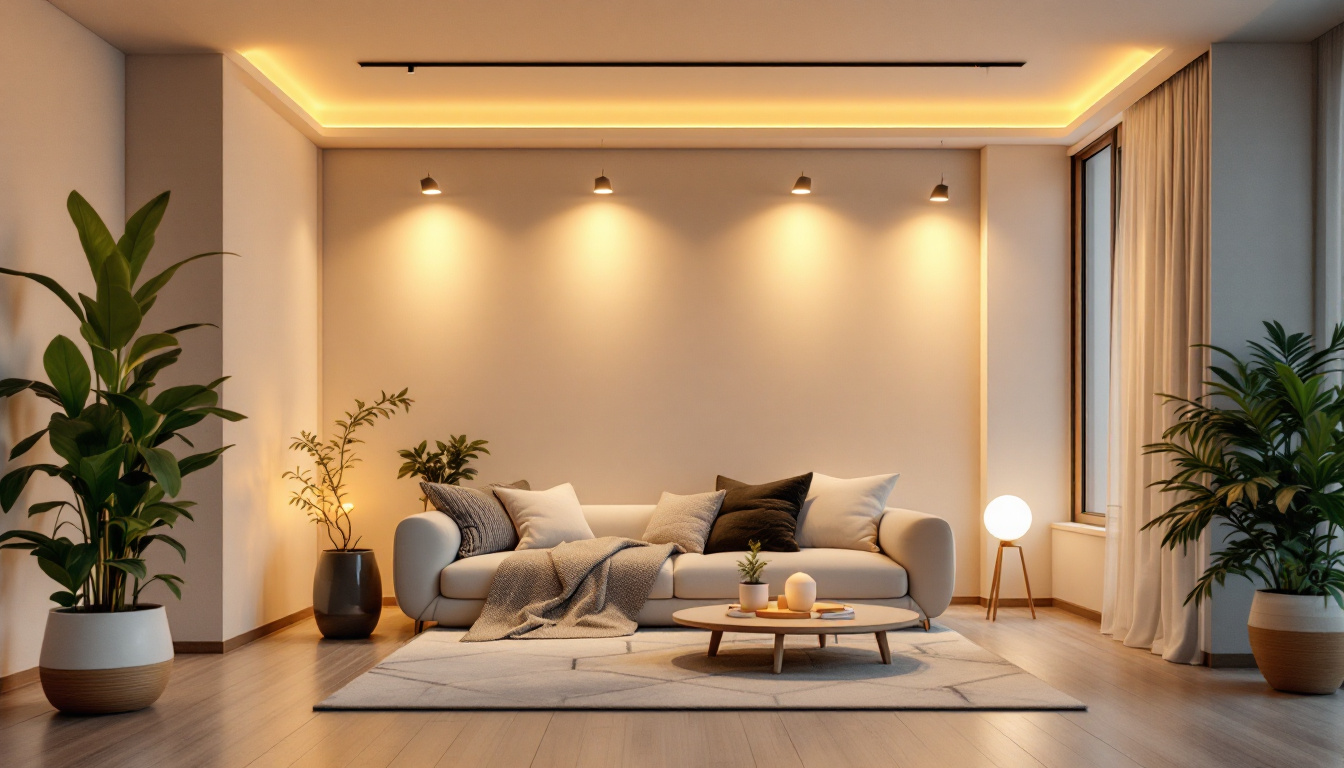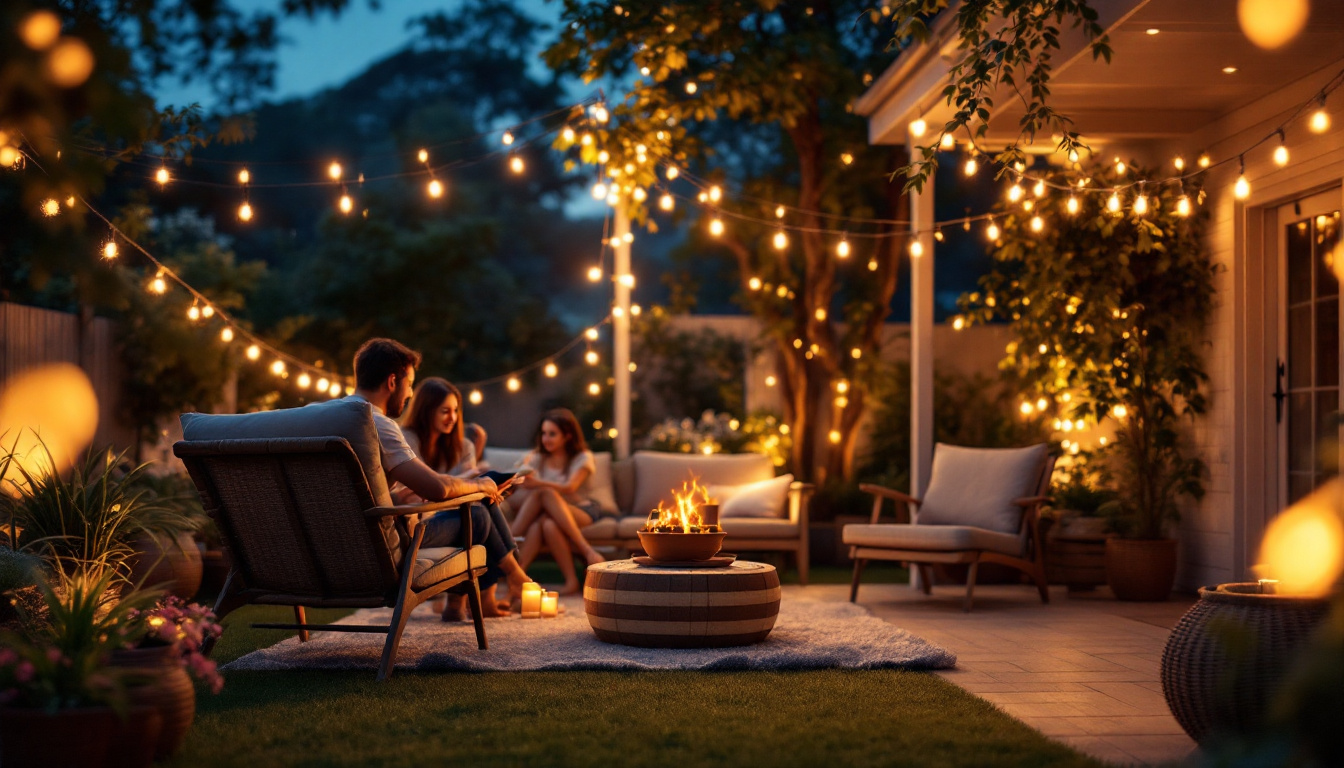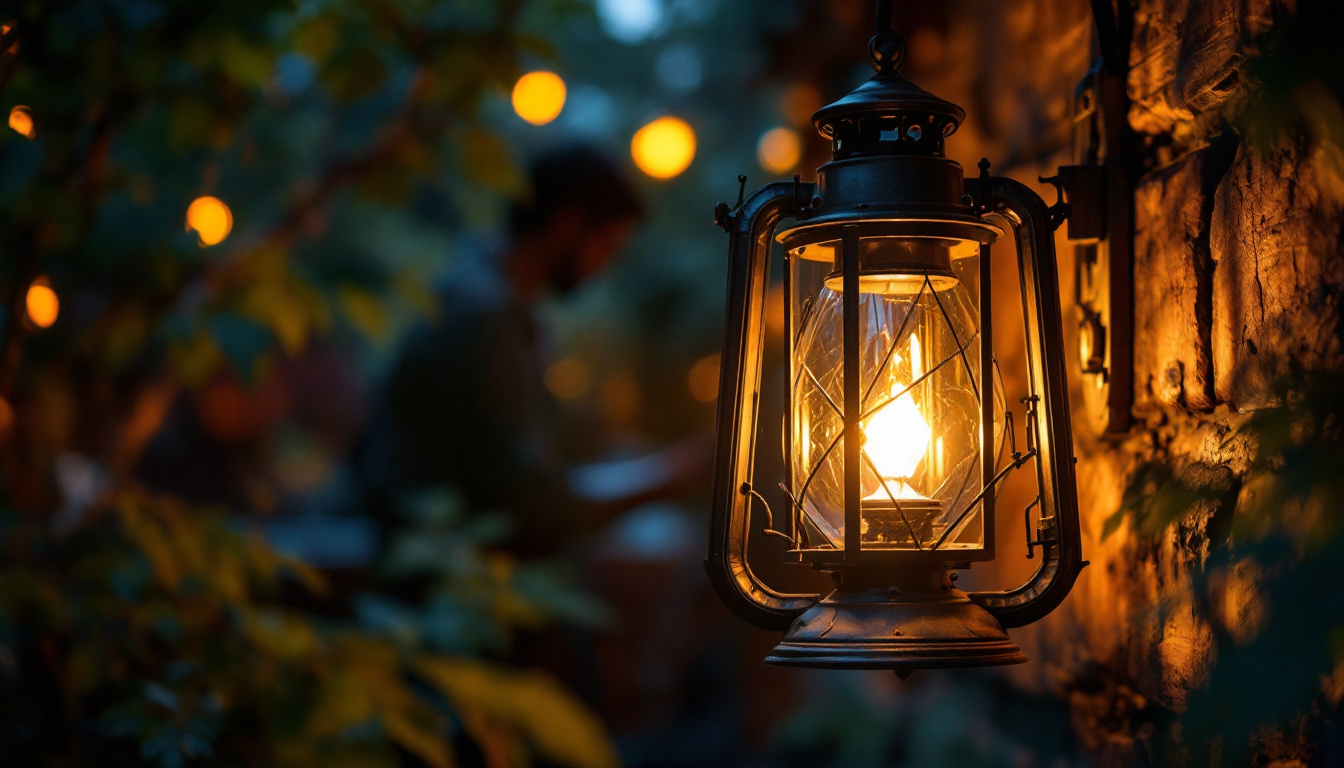
As the demand for energy-efficient lighting solutions continues to rise, dusk to dawn lamps have emerged as a popular choice for both residential and commercial applications. However, lighting contractors face several challenges when working with these innovative fixtures. Understanding these challenges is crucial for ensuring successful installations and satisfied clients. This article delves into the top challenges faced by lighting contractors in the realm of dusk to dawn lamps, providing insights and potential solutions.
Dusk to dawn lamps are designed to automatically turn on at sunset and off at sunrise, utilizing built-in light sensors. This technology not only enhances convenience but also promotes energy efficiency by minimizing unnecessary usage. However, the integration of this technology presents unique challenges for lighting contractors.
One of the primary challenges is the calibration and placement of the sensors. Proper sensor placement is critical to ensuring that the lamp operates as intended. If a sensor is obstructed by trees, buildings, or other structures, it may not function correctly, leading to premature activation or failure to turn on at dusk.
Moreover, contractors must ensure that the sensors are calibrated to the specific lighting conditions of the installation site. Variations in ambient light can affect sensor performance, making it essential to test the sensors under different conditions before finalizing the installation. For instance, in urban environments, streetlights and other artificial light sources can create a false sense of daylight, causing the sensor to misinterpret the surrounding light levels. This necessitates a thorough understanding of the local environment and potential light pollution factors that could impact sensor functionality.
Another significant challenge involves wiring and compatibility with existing electrical systems. Dusk to dawn lamps often require specific wiring configurations, and not all existing systems are equipped to handle these new technologies. Contractors must assess the current wiring setup and make necessary adjustments, which can add time and complexity to the installation process.
Additionally, compatibility with smart home systems is becoming increasingly important. Ensuring that dusk to dawn lamps can integrate seamlessly with existing smart technology can be a daunting task, requiring contractors to stay updated on the latest advancements in both lighting and smart home integration. This includes understanding various communication protocols such as Zigbee, Z-Wave, or Wi-Fi, which are essential for enabling remote control and automation features. As homeowners increasingly seek to enhance their living spaces with smart technology, contractors must be prepared to offer solutions that not only meet current demands but also anticipate future technological trends, ensuring that installations remain relevant and functional for years to come.
Lighting contractors often find themselves in the position of educating clients about the benefits and limitations of dusk to dawn lamps. While many clients are enthusiastic about the potential energy savings, they may not fully understand how these lamps operate or the factors that can influence their performance. This lack of understanding can lead to unrealistic expectations, which is why it is crucial for contractors to engage in thorough discussions with their clients from the outset.
One of the key aspects of client education is setting realistic expectations regarding performance. Clients may assume that dusk to dawn lamps will function perfectly in all conditions, but factors such as weather, geographical location, and seasonal changes can impact their operation. For instance, in areas with prolonged cloudy days or heavy snowfall, the sensors may not detect enough ambient light to turn off the lamps during the day, leading to unnecessary energy consumption. Contractors must communicate these variables clearly to avoid misunderstandings and dissatisfaction. Moreover, it is beneficial to provide clients with information on how to monitor their lighting systems and recognize when adjustments may be necessary.
Additionally, discussing maintenance requirements is essential. While dusk to dawn lamps are generally low-maintenance, they may still require periodic cleaning and occasional sensor adjustments. Dust, debris, and even insect nests can obstruct the sensor, leading to malfunction. Ensuring clients are aware of these needs can foster a more positive long-term relationship. Providing a simple maintenance schedule or checklist can empower clients to take an active role in the upkeep of their lighting systems, ensuring optimal performance over time.
As awareness of environmental issues grows, many clients express concerns about light pollution. Contractors must be prepared to address these concerns by explaining how dusk to dawn lamps can be designed to minimize light spillage while still providing adequate illumination. This may involve selecting fixtures with appropriate shielding or recommending specific placement strategies to direct light where it is needed most. For example, using downward-facing fixtures can significantly reduce glare and prevent light from spilling into neighboring properties, which is often a primary concern for clients living in residential areas.
Furthermore, educating clients about the importance of color temperature in reducing light pollution can be beneficial. Warmer color temperatures (around 2700K to 3000K) are less intrusive to the night sky compared to cooler, bluish lights. By guiding clients toward selecting lamps with suitable color temperatures, contractors can help them achieve their lighting goals while also promoting a more environmentally friendly approach. This not only addresses the clients’ concerns but also enhances the overall aesthetic of the outdoor space, creating a welcoming and serene atmosphere.
The installation of dusk to dawn lamps can present various technical challenges that require specialized knowledge and skills. From ensuring proper electrical connections to navigating local building codes, contractors must be well-prepared to tackle these obstacles.
Every region has its own set of building codes and regulations that govern outdoor lighting installations. Contractors must be familiar with these requirements to ensure compliance and avoid potential fines or rework. This can be particularly challenging when working in areas with strict regulations regarding light pollution or energy efficiency standards.
Staying informed about local codes is essential, as they can change frequently. Regular training and professional development can help contractors remain up-to-date and better equipped to handle compliance issues.
Weather conditions can significantly impact the installation process. Rain, snow, or extreme temperatures can create unsafe working conditions, delaying projects and potentially leading to safety hazards. Contractors must have contingency plans in place to address these challenges, including rescheduling installations as needed and ensuring that all team members are equipped with appropriate gear.
Moreover, outdoor installations must consider the durability of the fixtures themselves. Selecting lamps that are weather-resistant and designed to withstand the elements is crucial for ensuring long-term performance and client satisfaction.
Cost management is a critical aspect of any lighting project, and dusk to dawn lamps are no exception. Contractors must navigate budget constraints while still delivering high-quality installations that meet client expectations.
The cost of materials and labor can vary significantly based on the complexity of the installation and the specific products chosen. Contractors must carefully evaluate the cost-effectiveness of different dusk to dawn lamp options, balancing quality with affordability. This often requires a thorough understanding of the market and the ability to source materials at competitive prices.
Additionally, labor costs can fluctuate based on the skill level required for the installation. Ensuring that the right team is in place for each project can help manage these costs effectively, but it may also require additional training or hiring specialized personnel.
In a competitive market, providing value to clients is essential for securing contracts and building a positive reputation. Contractors must demonstrate the long-term benefits of dusk to dawn lamps, including energy savings, reduced maintenance costs, and enhanced safety. By clearly communicating these advantages, contractors can justify their pricing and foster trust with clients.
Offering warranties or maintenance packages can also add value, giving clients peace of mind and encouraging repeat business. These strategies can help contractors navigate budget constraints while still delivering exceptional service.
The lighting industry is constantly evolving, with new technologies and innovations emerging regularly. For lighting contractors, keeping pace with these advancements is both a challenge and an opportunity.
As dusk to dawn lamp technology continues to advance, contractors must stay informed about the latest products and features. This includes understanding improvements in energy efficiency, sensor technology, and smart home integration. Regularly attending industry trade shows, workshops, and training sessions can help contractors remain knowledgeable about new offerings.
Moreover, building relationships with manufacturers and suppliers can provide valuable insights into upcoming trends and innovations. This knowledge can help contractors make informed decisions when selecting products for their projects.
The rise of smart home technology presents both challenges and opportunities for lighting contractors. Many clients are interested in integrating dusk to dawn lamps with smart systems for enhanced control and automation. However, this requires contractors to have a solid understanding of both lighting and smart technology.
Contractors must be prepared to navigate the complexities of smart home integration, including compatibility issues and installation requirements. Offering expertise in this area can set contractors apart from competitors and attract clients looking for modern lighting solutions.
Lighting contractors face a variety of challenges when working with dusk to dawn lamps, from technical installation issues to client education and cost management. By understanding these challenges and proactively addressing them, contractors can enhance their service offerings and build lasting relationships with clients.
As the demand for energy-efficient and automated lighting solutions continues to grow, staying informed about industry trends and technological advancements will be essential for success. By embracing these challenges and adapting to the evolving landscape of the lighting industry, contractors can position themselves as leaders in the field, ready to meet the needs of their clients and the market.
Ultimately, the key to overcoming these challenges lies in a commitment to quality, education, and innovation. By prioritizing these values, lighting contractors can ensure successful installations of dusk to dawn lamps and contribute to a brighter, more sustainable future.
Ready to tackle the challenges of dusk to dawn lamp installations with confidence? At LumenWholesale, we support your commitment to quality, education, and innovation by providing you with the best in spec-grade lighting products. Say goodbye to inflated markups and hello to unbeatable wholesale prices, backed by the convenience of free shipping on bulk orders. Elevate your lighting projects with our reliable, high-performance solutions designed to meet the highest industry standards. Don’t compromise on quality or value — Wholesale Lighting at the Best Value is just a click away. Partner with LumenWholesale today and light up your success story.

Explore how universal lighting innovations are transforming energy efficiency across various sectors.

Discover the transformative potential of LED string lights in modern lighting design.

Discover the insider secrets of Eti Light, the lighting contractors who are revolutionizing the industry.

Discover how antique gas lanterns are revolutionizing the lighting industry for contractors.